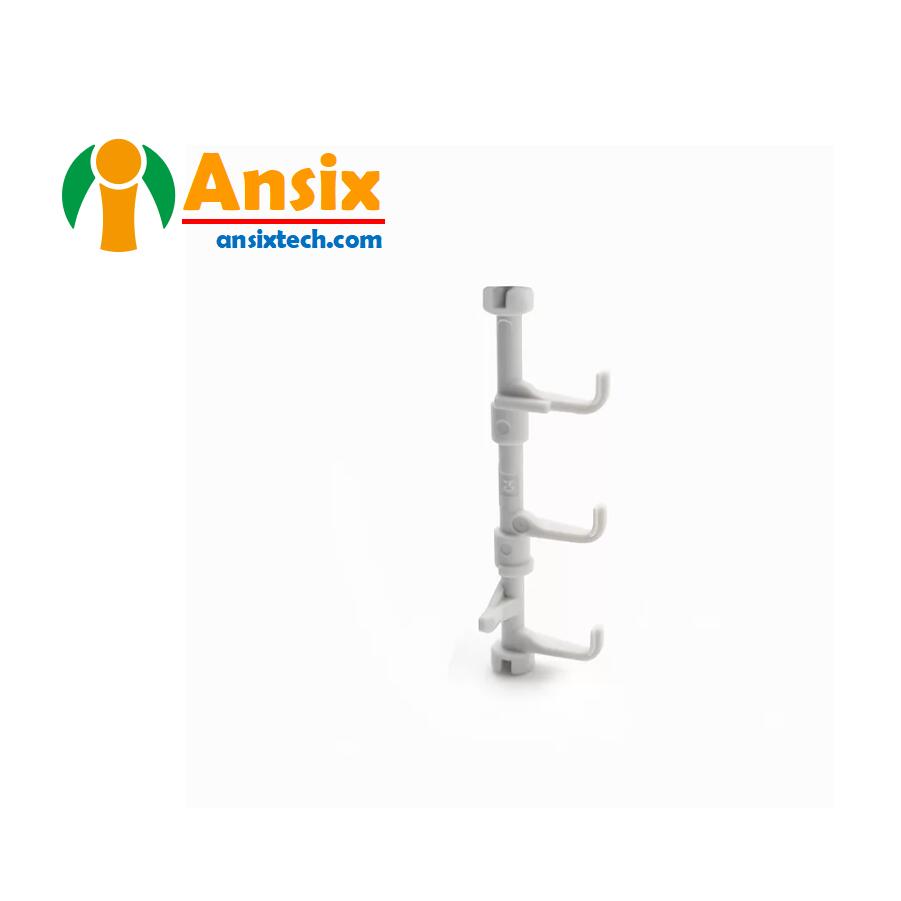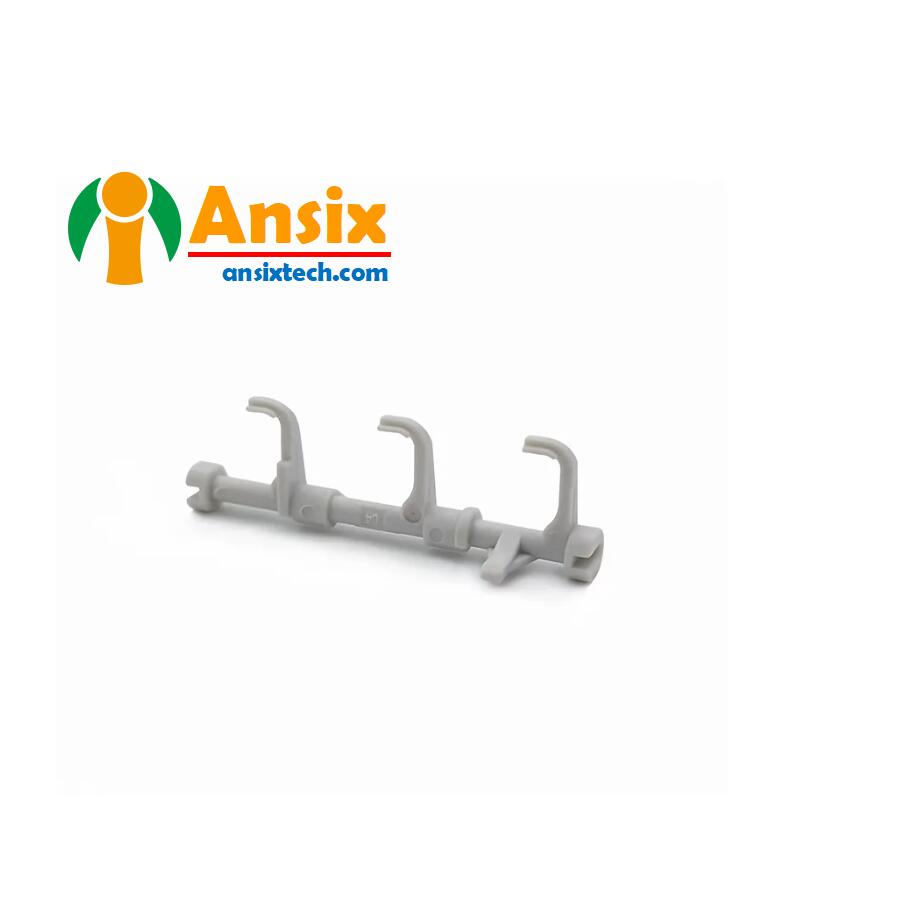Electromagnetic Trip Lever Micro Precision Mold
FEATURES
- Electromagnetic Trip Lever Micro Precision Mold and Injection Moulding
Product selection and customization: According to specific application requirements, different types and specifications of electromagnetic trip rods can be selected. Common options include different voltages, suction powers, sizes, etc. For special needs, customized design and manufacturing can also be carried out to meet the specific requirements of customers.Installation and use: The electromagnetic tripping rod is usually fixed on the equipment through screws and connected to the power supply and control system. When in use, the lock or suction cup is controlled by controlling the current on and off. At the same time, attention needs to be paid to the working environment and temperature range of the electromagnetic tripping rod to ensure its normal operation and service life.The specific features and specifications of electromagnetic trip bars may vary depending on the manufacturer and application needs. If you are interested in a specific electromagnetic trip bar product, please send us a message(Email: info@ansixtech.com) at any time and our team will reply to you within 12 hours.
-
Mold Description
Product Materials:
PC
Mold Material:
S136ESR
Number of Cavities:
1*4
Glue Feeding Method:
Cold runner
Cooling Method:
Water cooling
Molding Cycle
22.5s
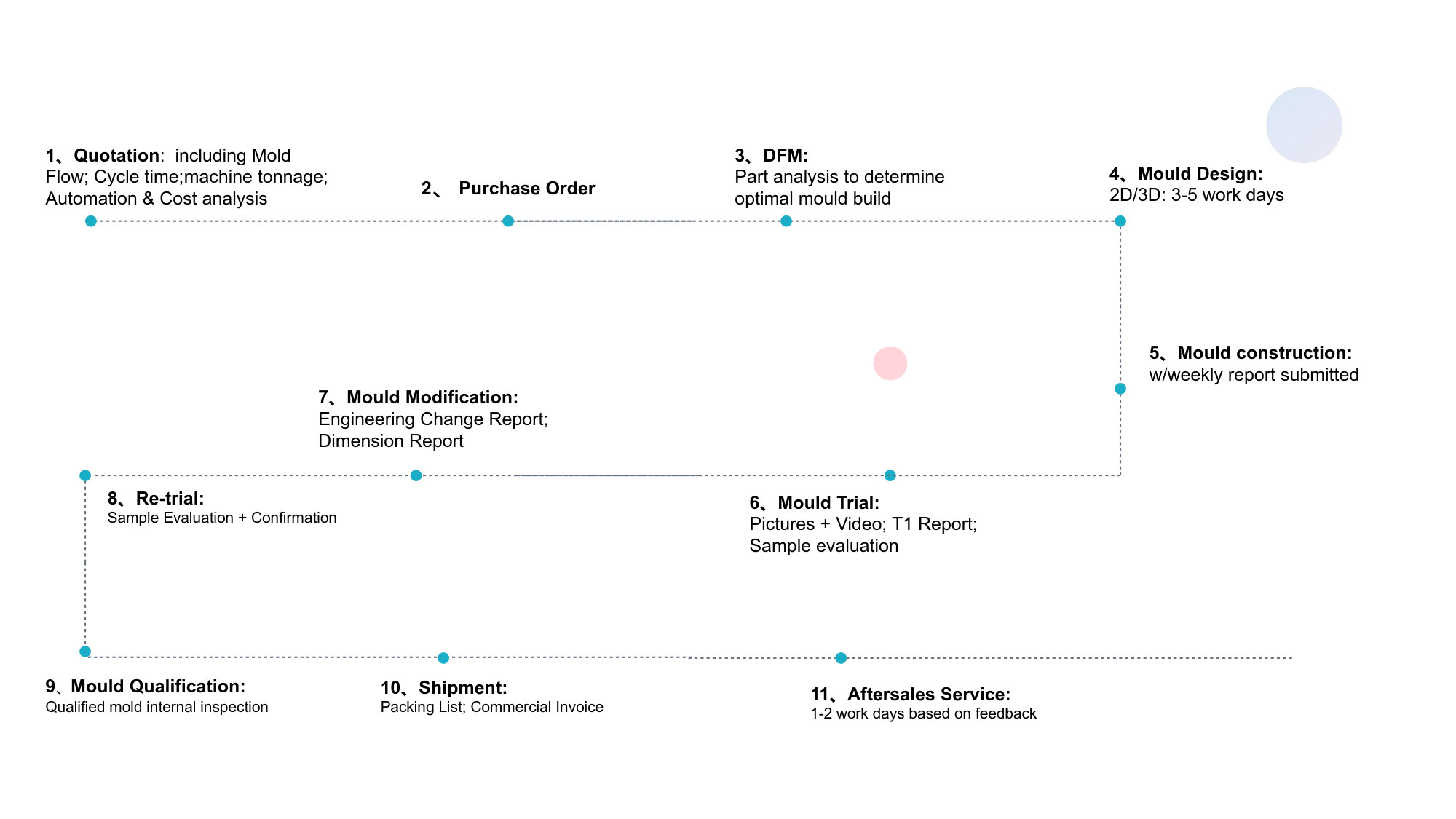
- Electromagnetic Trip Lever Micro Mold flow analysis and mold designFor the mold flow analysis and mold design of Ansix’s miniature electromagnetic tripping rod:Mold flow analysis:a. Collect relevant information about the miniature electromagnetic tripping rod, including size, shape, material, etc.b. Use mold flow analysis software to import the CAD model of the miniature electromagnetic tripping rod, and set the injection molding process parameters, such as injection speed, temperature, pressure, etc.c. Conduct mold flow analysis to simulate the melt flow, filling, cooling and other processes during the injection molding process to evaluate the filling performance of the rod, bubbles, short shots and other defects, and optimize the injection molding process parameters.Mold design:a. Determine the structure and size of the mold based on the mold flow analysis results. Taking into account the shape and size of the miniature electromagnetic tripping rod, design an appropriate mold structure, including mold cavity, mold core, demoulding system, cooling system, etc.b. Select appropriate mold materials, taking into account factors such as temperature, pressure and wear during the injection molding process, choose materials with good wear resistance and thermal conductivity.c. Carry out detailed design of the mold, including the processing technology of the mold parts, assembly method, design of the demoulding mechanism, etc.d. Use CAD software for mold design and generate three-dimensional models and engineering drawings of the mold.During the mold flow analysis and mold design process, you need to pay attention to the following points:Ensure the filling performance of the rod: Through mold flow analysis, the injection molding process parameters are optimized to ensure that the filling performance of the miniature electromagnetic tripping rod is good and avoid defects.Design of cooling system: Reasonably design the cooling system to ensure good cooling effect during the injection molding process and avoid problems such as rod deformation and shrinkage.Design of demoulding system: According to the shape and requirements of the rod, design a suitable demoulding system to ensure that the rod can be demoulded smoothly and avoid damage and deformation.Mold processing and assembly: According to the mold design drawings, select appropriate processing technology and equipment to ensure the accuracy and quality of the mold. During the assembly process, pay attention to the coordination and adjustment of mold parts to ensure the stability and reliability of the mold.In short, for the mold flow analysis and mold design of Ansix’s miniature electromagnetic tripping rod, it is necessary to conduct mold flow analysis, optimize the injection molding process parameters, design the appropriate mold structure and size, select the appropriate mold material, and design the cooling system and demoulding system. , and ensure the processing and assembly quality of the mold. Through these steps, a high-quality injection molded rod can be achieved
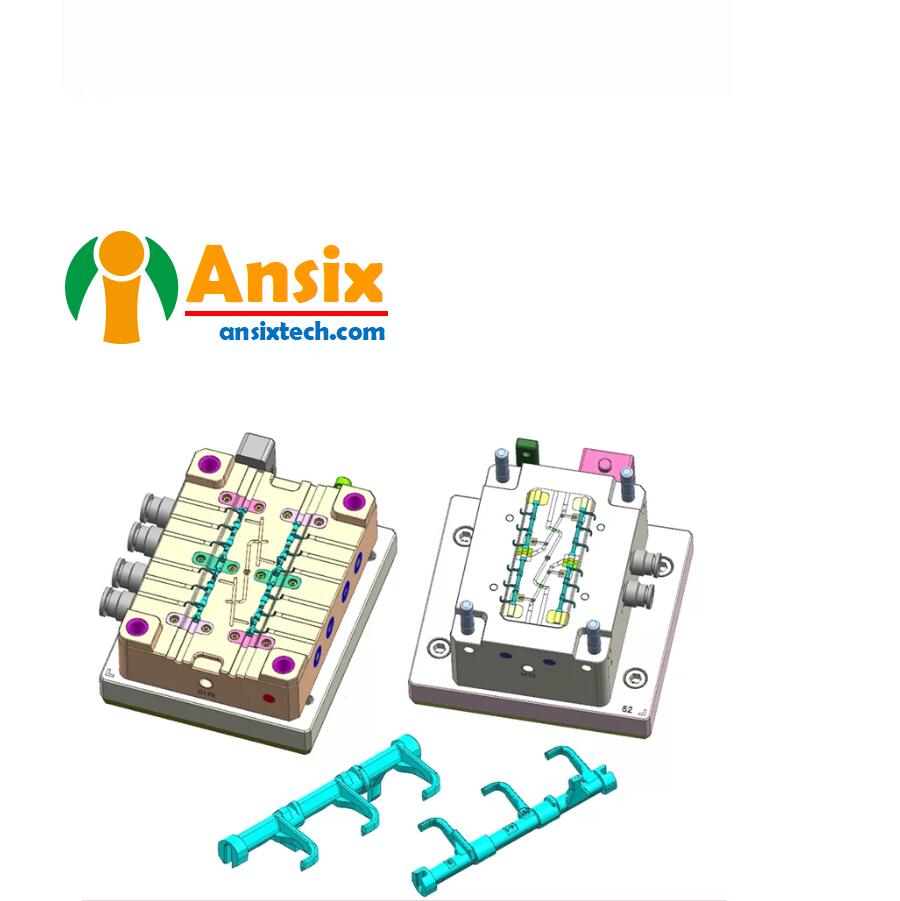
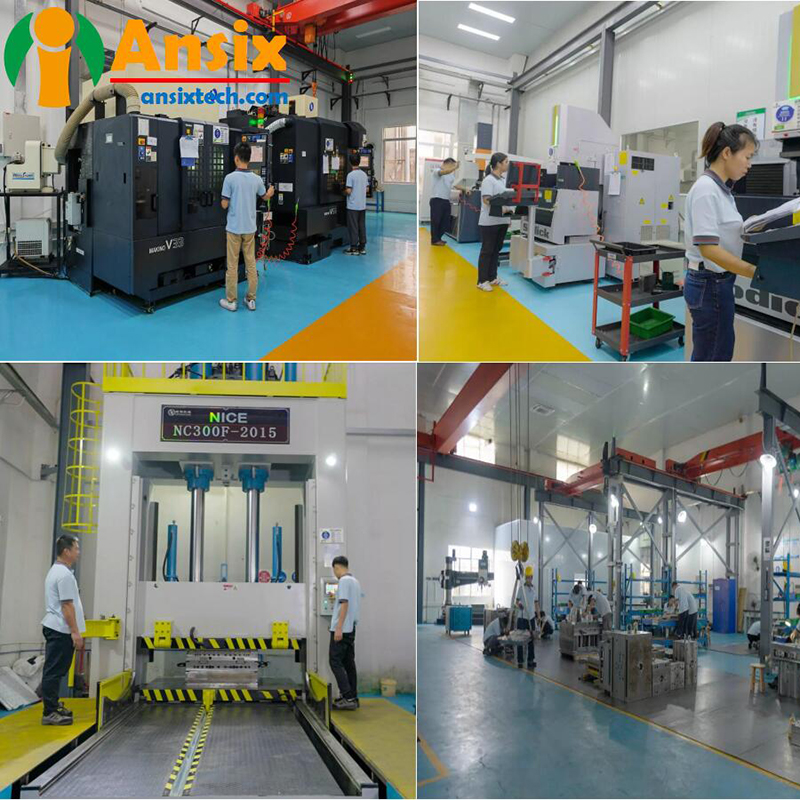
- Electromagnetic Trip Lever Micro of mold manufacturing process and product material selectionFor the mold manufacturing process and material selection of Ansix’s miniature electromagnetic trip rod:Mold manufacturing process:a. According to the mold design drawings, select appropriate processing technology and equipment, such as CNC machining centers, EDM machines, etc.b. Process mold parts, including mold cavity, mold core, demoulding system, cooling system, etc. Ensure that the processing accuracy and size meet the requirements.c. Assemble the mold parts to ensure accurate fit and adjustment of the parts and ensure the stability and reliability of the mold.Mold material selection:a. Considering factors such as temperature, pressure and wear during the injection molding process, select a mold material with good wear resistance and thermal conductivity. Commonly used mold materials include tool steel, stainless steel, aluminum alloy, etc.b. Select the appropriate material according to the requirements of the miniature electromagnetic tripping rod and the use environment. For example, if the pole needs to be resistant to high temperatures, you can choose high-temperature-resistant plastic or metal materials.During the mold manufacturing process and material selection process, you need to pay attention to the following points:Processing accuracy and size control: Ensure that the processing accuracy and size of mold parts meet the requirements to ensure the quality and stability of injection molding.Surface treatment: According to the requirements of the rod, carry out appropriate surface treatment, such as grinding, polishing, etc., to improve the surface quality and smoothness of the rod.Heat treatment of materials: According to the requirements of the mold material, appropriate heat treatment, such as quenching, tempering, etc., is performed to improve the hardness and wear resistance of the material.Mold maintenance and upkeep: Regularly maintain and maintain the mold, including cleaning, lubrication, repair, etc., to extend the service life of the mold and ensure the stability of production.For the mold manufacturing process and material selection of Ansix’s miniature electromagnetic tripping rod, it is necessary to select the appropriate processing technology and equipment to ensure processing accuracy and dimensional control. In terms of material selection, consider factors such as temperature, pressure and wear during the injection molding process, and select mold materials with good wear resistance and thermal conductivity. High-quality molds and injection molded rods can be achieved through reasonable manufacturing processes and material selection.
- Electromagnetic Trip Lever Micro Mass production and Quality controlFor the mass production and quality assurance of Ansix’s miniature electromagnetic trip rod parts:Production planning and scheduling: Develop reasonable production plans and schedules to ensure that production can be carried out on time and reasonably arrange production resources and manpower.Production equipment and process control: Ensure the normal operation of production equipment and stable control of process parameters. Carry out regular equipment maintenance and upkeep to ensure the reliability and stability of the equipment.Raw material procurement and quality control: Establish long-term cooperative relationships with reliable suppliers to ensure the quality and stable supply of raw materials. Strict quality inspection and control of raw materials is carried out to ensure compliance with product requirements.Production process monitoring and control: By real-time monitoring of key parameters in the production process, such as temperature, pressure, speed, etc., timely adjustments and controls are made to ensure product consistency and quality.Quality inspection and control: Establish a complete quality inspection system and conduct sampling inspections on each production batch. Through inspection, ensure that the size, appearance, performance, etc. of the product meet the requirements. For substandard products, take corrective measures in a timely manner to prevent defective products from entering the market.Process improvement and continuous optimization: Regularly evaluate and analyze the production process, find opportunities for improvement, optimize production processes and processes, and improve production efficiency and product quality.Training and skill improvement: Provide necessary training and skill improvement for production personnel to ensure that they have good operating skills and quality awareness, and can effectively control the production process and ensure product quality.For the mass production and quality assurance of Ansix’s miniature electromagnetic trip rod parts, it is necessary to formulate reasonable production plans and schedules, control production equipment and process parameters, ensure the quality and stable supply of raw materials, monitor and control the production process, and establish Complete quality inspection system, carry out process improvement and continuous optimization, and provide training and skills improvement. Through these measures, high-quality mass production and product quality assurance can be achieved.
FAQ
How long does it take for each stage to work after the mold contract is signed?
1. After signing the contract, there will be 3-4 days to check with the customer first, and the two parties will communicate some specific requirements of the mold;
2. The mold design time is about 5-7 days, and material procurement will be carried out in the same period;
3. The mold production time is about 20-35 days, which varies according to the size and complexity of the mold;
4. The mold trial and inspection time is about 2-3 days;
5. After the T1 mold test, the mold perform is about 3-5 days, and then the T2 mold test is performed again. Generally, there are 3 mold tests to basically meet the requirements.
How can I get the quotation?
We will prepair the quotation in 24 hours if getting detailed information during working days.In order to quote for you earlier, please provide us the following information together with your inquiry.
1) 3D date and 2D Drawings
2) Material requirement
3) Surface requirment
4) Quantity (per order/per month/annual)
5) Any special demands or requirements, such as packing, labels, delivery, etc.
How do you ensure the quality of the mold?
1. We have a high level "Mold Inspection Standard", a complete set of strict mold inspection system and an excellent inspection team.
2. We can provide inspection reports and purchase certificates for all materials of the mold.
Does your company provide product design services?
1. Absolutely. We have support many clients from Europe and North America develement their new products.
2. You only need to provide requirements, your requirements can be a picture or a few sketches, our engineers can connect with you.
3. We will sign the "Confidentiality Agreement for Entrusted Product Design" and "Intellectual Property Agreement" with you.
How is your after-sales service and local support maintenance?
1. We have after-sales service points or mold cooperative manufacturers in Europe, North America and South America.
2. We will participate in international key exhibitions every year. Euromold, Fakuma, Formnext, NPE are the important exhibitions we often attend. Customers can meet us at the exhibition site. After the exhibition, we will visit local customers.
3. We have a professional after-sales service team, which will visit customers at least once a year and make some maintenance work.






